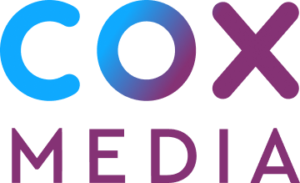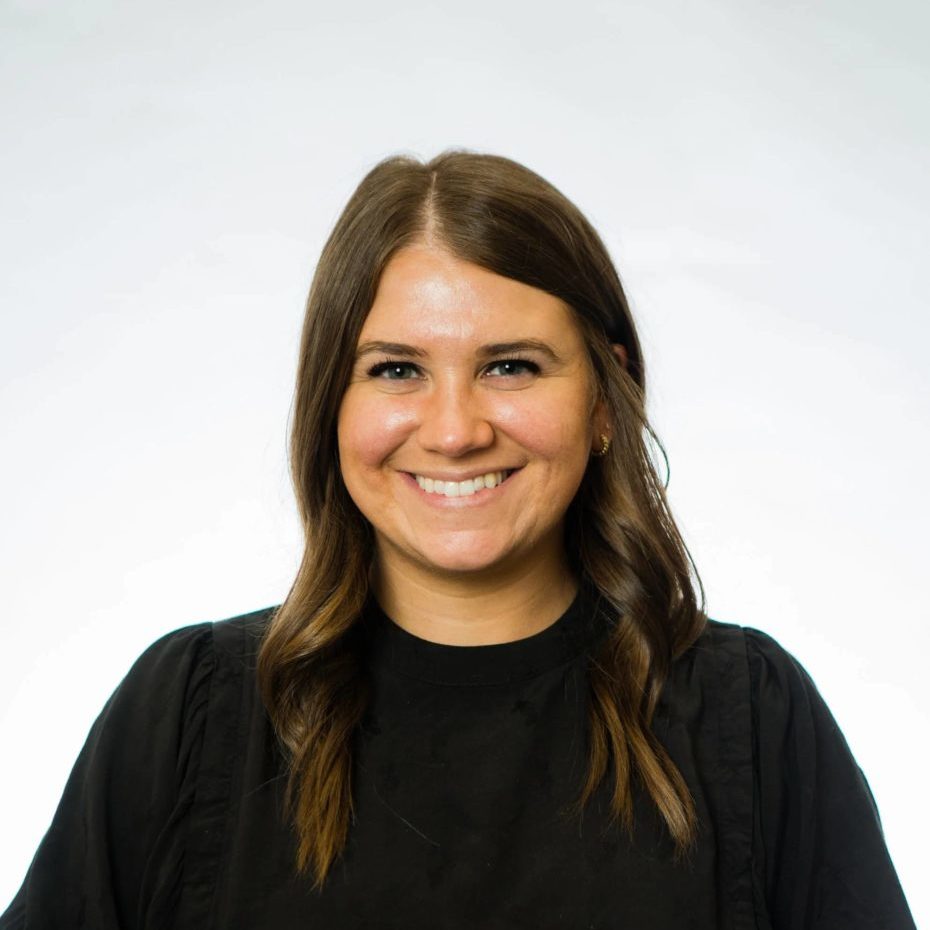How to Advertise Around This Summer’s Travel and Leisure Trends
As inflation and economic uncertainty have triggered a slight pullback in consumer spending, many industries are concerned that this shift in consumer confidence could hurt their own earning potential in the months ahead.
The travel and leisure industry is particularly sensitive to these shifts: as a non-essential spending category, vacations and other leisure spending are some of the first cuts consumers make when tightening their wallet.
In spite of that historical trend, though, one thing is clear: even if consumers are more wary about their own financial stability, they’re not ready to kiss that summer vacation goodbye. As the summer tourism season approaches, many travel and leisure businesses are seeing high demand and strong earnings forecasts for 2022.
For local travel and leisure businesses, these optimistic outlook should be all the incentive you need to launch a summer advertising strategy that targets your core audience and maximizes your summer revenue. Here are some of the biggest travel and leisure trends expected to shape the 2022 summer travel season—along with practical tips to help you connect with customers both new and old.
All Signs Point to a Summer Travel Boom
No matter how you slice it, travel and leisure businesses are expecting a big summer ahead. From big tech brands like Airbnb and Booking.com to locally owned hotels and restaurants, demand for summer dates is soaring: Booking.com reports a summer bookings rate that is 30 percent higher than pre-pandemic levels in 2019.
Some of that activity includes pre-paid bookings that are partially or fully locked in months before the reservation dates, offering assurances to tourism businesses worried about short-term economic uncertainty. With demand high and rental inventories low, tourism businesses have an easy advertising challenge ahead of them: by reaching the right consumers through targeted ads and relevant messaging, motivating conversions may be easier than in years’ past.
Employees May Have Extra Vacation Days to Burn
Limited paid-time-off isn’t the constraint it once was for many travelers, for more than one reason. In addition to remote work options that have opened up “working vacation” options for travelers, many employers have increased vacation leave and PTO in an effort to attract and retain quality workers.
Some professionals may also have a surplus of vacation days left over from the pandemic, when travel was more limited, and may be facing “use or lose” mandates by the end of the 2022 calendar year. All of these factors may be contributing to this summer’s tourism climate.
Businesses can target ads to these groups by emphasizing dedicated work space in rentals or on properties, and by geotargeting ads to office buildings and other locales with a high concentration of working professionals.
Off-Peak Dates Will See a Surge in Activity
High demand for summer travel and leisure destinations is eating up prime inventories for bookings on the weekends. As these options decline, many travel and leisure experts predict elevated demand for off-peak dates, including pre-summer, post-summer and middle-of-week booking options.
Restaurants and other tourism venues that close for one or more days mid-week may want to reconsider this schedule if off-peak demand continues to rise in their local market. Higher midweek occupancy rates for hotels and vacation rentals will drive increased demand for midweek dining options and entertainment.
Even if changes are only made for the busy summer season, expanded hours and availability could help restaurants and other businesses maximize their summer tourism revenue. Paid promotion of availability through social media, Google Business listings and online search can raise awareness of these extended hours and drive new referrals to your business.
Business Travel is Poised for a Recovery
Since the pandemic abruptly ground tourism and leisure to a halt, business travel has been slower to recover than leisure travel. But business travel is prepared to make a comeback: A survey of business professionals recently found that 75 percent were interested in traveling for business purposes prior to fall 2022.
Other research suggests that weekday hotel occupancy in central business districts is higher than overall occupancy rates for hotels in the United States. While those occupancy rates still lag behind pre-pandemic numbers, it suggests an opportunity for travel and leisure businesses catering to a professional crowd. Conference venues, business hotels, catering services and other tourism businesses may want to consider ad campaigns whose messaging and targeting are focused on corporate executives and leaders who have influence over business travel decisions.
Running behind on building a digital ad strategy to support your summer business goals? It’s not too late to design and launch targeted campaigns that strengthen your brand, drive referrals and grow your summer travel and leisure revenue. Contact Cox Media today to see how we can help.
Connect with a Marketing Expert
Share Post On Social
Related Insights
Connect With Your Local Marketing Expert
You know your business. We know advertising. Together, we can bring your business to more people. Contact a member of our team today. We’d love to help you grow.


